
Hate the gym?
If you’re anything like me, the idea of going to a gym crowded with fitness fanatics is enough to make you break out in a cold sweat rather than a healthy, exercise induced glow. So, if gyms aren’t your thing, or if you face barriers in terms of mobility, finance, comfort and safety, what else can you do to stay active and healthy?
One of the best ways to stay active without actively thinking about exercise is to build physical work into your daily routine. To do that, here are seven sneaky exercises for people who hate the gym.
- Garden!
Now the sun is out and spring is here, this is the perfect time to dig over flower beds, pull up weeds, and do a dash of hoeing. Year-round, there’s always garden and yard work to do, be it pruning, planting, or raking up leaves. An hour in the garden can get the heart rate up and help keep you limber, and all while you synthesise some vitamin D and commune with nature.
- Take the Stairs
If you live in an apartment building, work in a high-rise office, take subways or otherwise encounter the choice between stairs, elevators and escalators, take the time to take the stairs. You’ll likely get to your front door just as quickly, and you’ll be supporting your health and the environment at the same time.
- Walk a Dog
If you have the time, love, and inclination to give a forever home to a dog in need, head on over to the local shelter and adopt. You and your new best friend will soon be exploring the neighbourhood on long walks that, if they’re anything like my walks with my pup, are a little like interval training (run, stop, sniff the fire hydrant, run again!). Can’t commit to a new family member for the rest of their life? Sign up as a volunteer dog-walker at the local shelter instead, or offer to take a friend’s dog for a walk.
- Wrestle the Kids!
Most kids are bundles of energy, so combine family time with exercise by play-wrestling, having a game of chase, playing an interactive video game, or having an impromptu kitchen dance party. You’ll be improving your fitness, strengthening those laughter muscles, and teaching your kids that exercise can be fun!
- Volunteer
Finding time to exercise can sometimes feel like it necessitates a choice between charitable work and personal fitness goals. Combine the two by volunteering with a local organisation that help kids and adults with mobility barriers to engage in physical activity. There’s probably a club near you that needs people to help take kids to swimming lessons, on nature walks, or to interpretative dance classes. Or, see if a local seniors’ home or community centre needs people to help with activities or manual labour, such as grounds-keeping.
- Get a Standing Desk
Office workers tend to spend around 75% of their day sitting, Fortunately, research shows that people who switch between a standing and sitting workspace can actually increase productivity and concentration, as well as improve their overall health and wellbeing. In one study, people who spent a week switching every half hour between working standing up and sitting down (using an adjustable workstation) felt less tired, compared to people who sat down all day at work.
- Sexercise!
The last suggestion in this list of seven sneaky exercises is the one you’re probably going to like the most: sex. Regular sex can help you and your relationship(s) stay in shape, depending on what you and your partner(s) get up to.
In an article published in the open access journal PLoS One in 2013, Julie Frappier and colleagues reported on their study looking at energy expenditure during sexual activity in young healthy, heterosexual couples in Montreal. They found that, on average, men expended 4.2 kcal/min (an average of 101 kCal per sex session), while women expended 3.1 kCal/min (69.1 kCal in total). The researchers concluded that sex could be considered, in some cases, to be a moderate form of exercise equivalent to about a 25-30 minute workout.
Anyone keen to make the most of their bedroom workout might consider incorporating planks, bridge, pull-ups, and a little zumba music.
See, exercise needn’t be a dull, solitary activity!
References
Frappier, J., Toupin, I., Levy, J.J., Aubertin-Leheudre, M., Karelis, A.D. (2013). Energy Expenditure during Sexual Activity in Young Healthy Couples. PLoS ONE 8(10): e79342.

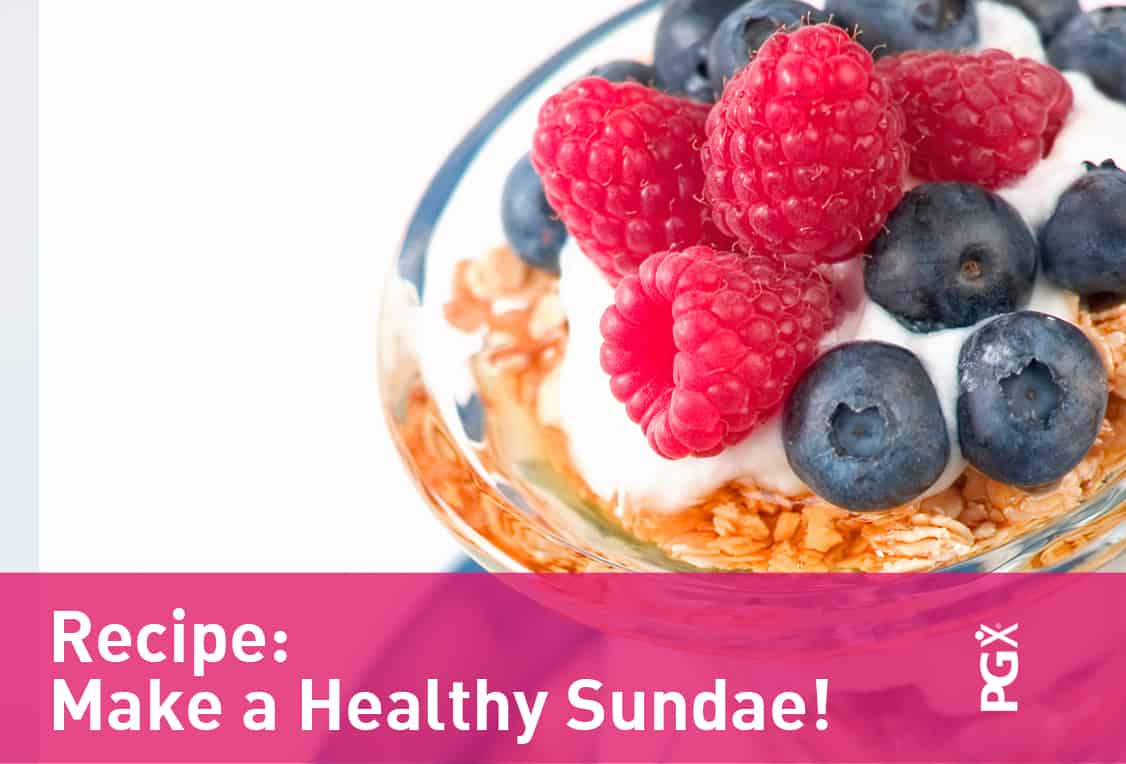
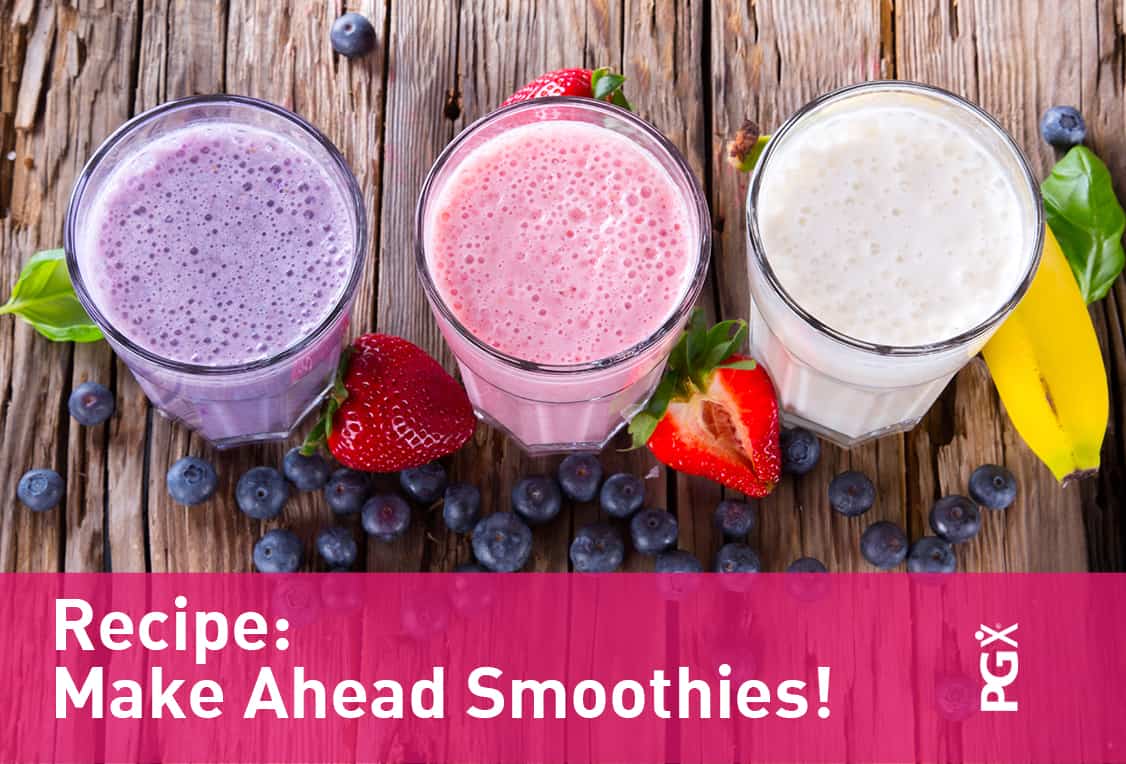

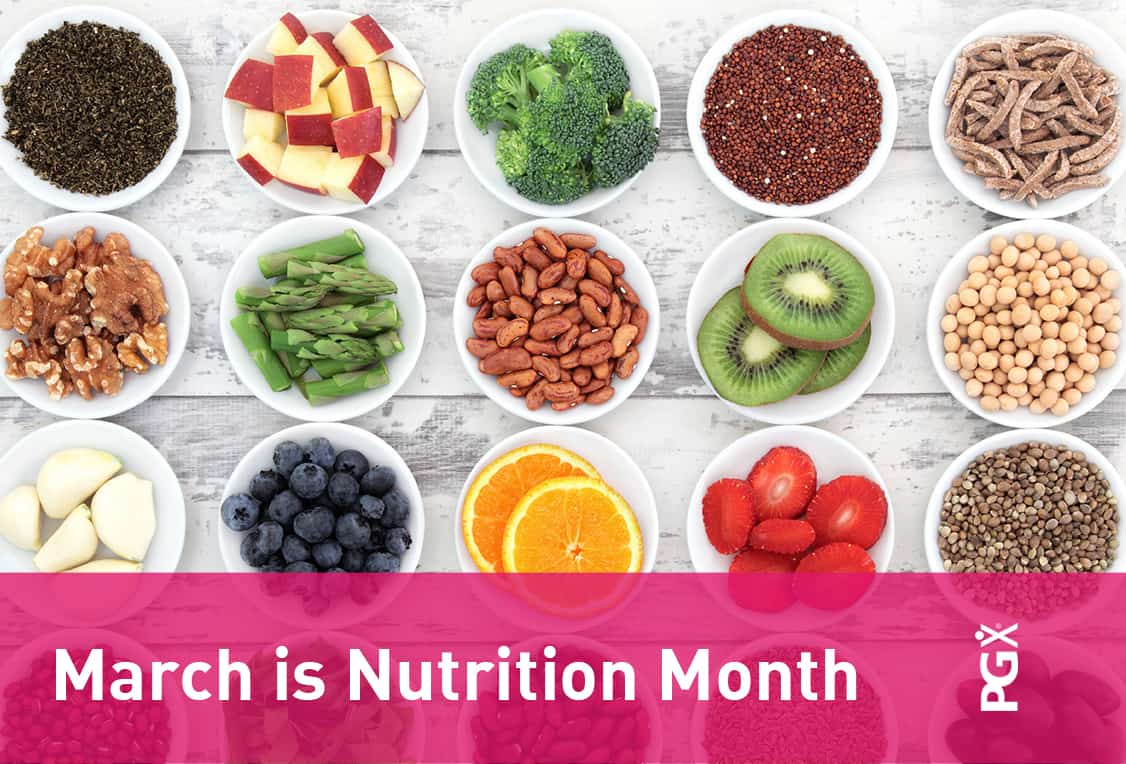
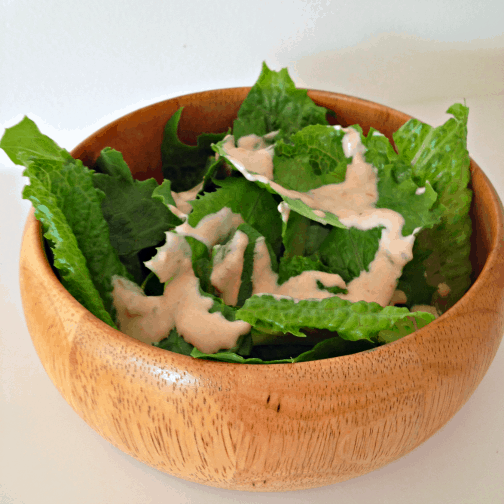



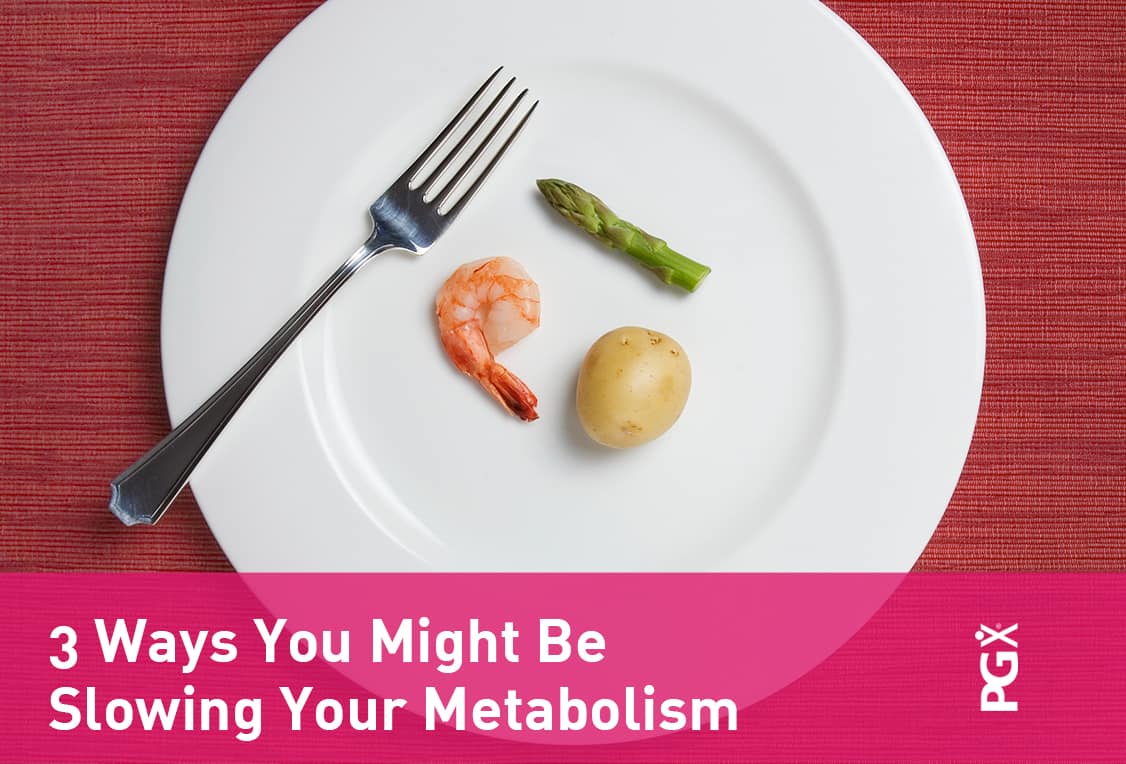
 If the winter marks the time of year where you’re more likely to stay indoors and drink hot chocolate by the fire rather than exercise, it might be time to learn to love snowshoeing, overhaul your diet, and borrow a dog. Read on for 5 healthy ways to lose weight over winter.
If the winter marks the time of year where you’re more likely to stay indoors and drink hot chocolate by the fire rather than exercise, it might be time to learn to love snowshoeing, overhaul your diet, and borrow a dog. Read on for 5 healthy ways to lose weight over winter.